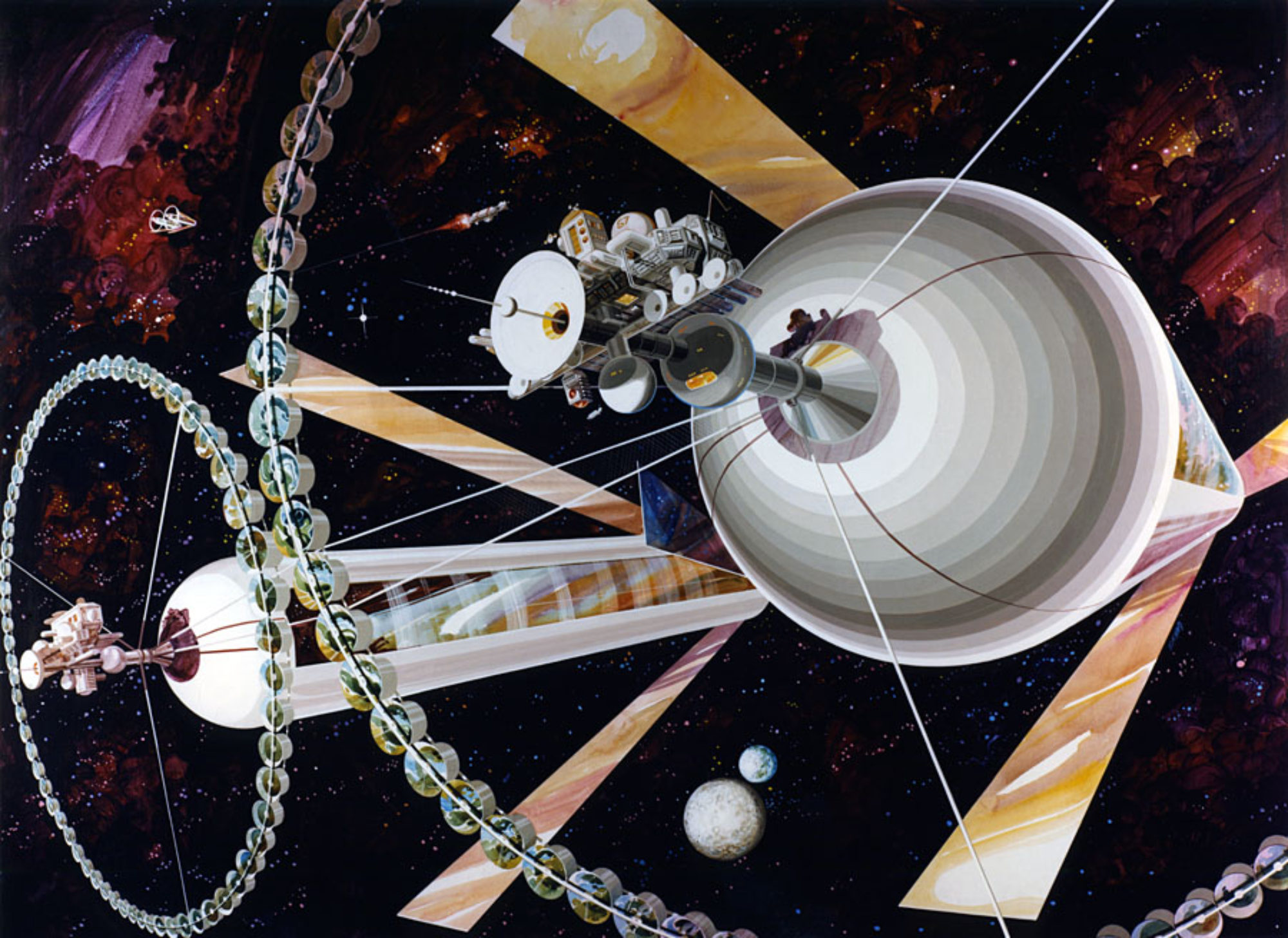
A report called Lunar Agriculture, Farming for the Future was published this year by an international team of 27 students participating in the Southern Hemisphere Space Studies Program 2020 at the International Space University held at the University of South Australia. The report outlines the design of an early stage lunar farm housed in either partially or fully subsurface enclosures to mitigate risks from radiation, micrometeorite bombardment and extreme temperature swings. The settlement would be located near one of the Moon’s poles to take advantage of nearly constant exposure to sunlight and access to lunar ice.
The stated mission of the project was:
“To recommend and outline a vision for sustainable lunar agriculture that can suport the nutritional requirements of humans and allow them to thrive.”
The choice of crops were selected based on nutritional value as well as physiological and psychological needs. They included a variety of plants such as tomatoes, carrots, garden cress, sweet potatoes, soybeans, peanuts, rice, and oyster mushrooms. The team also included cloudberry cell cultures and insects (crickets) for protein on the menu.
Management of the settlement was envisioned to be governed by an international authority that would hew to the Outer Space Treaty.
Just for fun, compare this report to the article “Farming on the Moon” published 29 years ago in Volume 2 No. 3 of Space Colonization Progress available in the Vintage Section.
